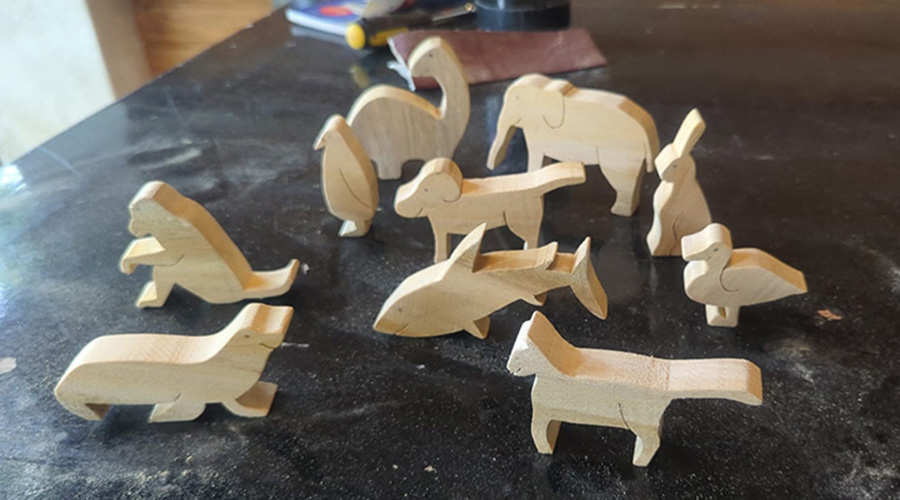PEST OF OUR WONDERFUL WORLD
Plastic trash
Return to sender
Our “Learn on trash” campaign is more urgent than ever, because trash is the plague of our time, and microplastics are the health problem of the coming years. Every single one of us has a role to play here. The first step is the simplest, but also the most effective: avoiding single-use plastics.
The importance of collecting and disposing of trash is proven by the fact that plastic waste, ground down into microplastics by waves and sand, has long since found its way into our food. No fish is without it. Whether on the Zugspitze or in the Mariana Trench, microplastics have already arrived. They have also arrived in our organs and, for the first time, even in our brains. Continuing as before is therefore not an option for a secure future.
We collect trash with our planters, but it seems like an almost endless task. Plastic production is increasing relentlessly worldwide, which is also due to us, consumers. We don’t have a planet B, so we have to preserve ours and pass it on to future generations. This requires change.
What do we do on-site?
School Chairs made from plastic waste

We collect plastic while planting mangroves and sort it by type so that it can be melted down into school chairs at a recycling plant in Davao. This is a great help for the students, who sometimes sit on poorly constructed wooden chairs that are long past their prime.
Amihan Boys – Turtle Nursery

We work together with the Amihan Brothers in Mati to remove trash so that turtles have free access to lay their eggs, and young turtles that hatch in safe enclosures have barrier-free access to the sea.
We have donated water dispensers to a pilot school project to avoid the use of plastic water bottles. We regularly deliver tumblers to this school, which the students can fill up. This has already saved several thousand plastic bottles.
Wooden toys

F. A. Q's
A Little Help Can Make A Big Change
Do you have questions about the Mangrove subscription? We are happy to answer some in our FAQ. Alternatively, you can write us an e-mail at any time. We look forward to seeing you!
On the very conservative assumption that a mangrove absorbs at least 5 kg of CO2 every year for at least 25 years, you bind approx. 1.83 tons of CO2 per year with what was planted for you. The same amount is added again the next year, and so on. In this way, you are working towards gradually offsetting your entire CO2 footprint and thus becoming climate neutral. An example: After 5 years, your already planted 1825 mangroves already bind approx. 9.13 tons of CO2 every year and thus a large part of the average CO2 footprint/person in Germany.
✓ Experience from almost 4 million planted mangroves
✓ All plantings with scientific monitoring
✓ Involvement of local residents in all activities
ׇ✓ Support of local environmental groups
✓ Promotion of trainees and training institutions
✓ Plastic collection campaigns and recycling
✓ State-approved foundation
